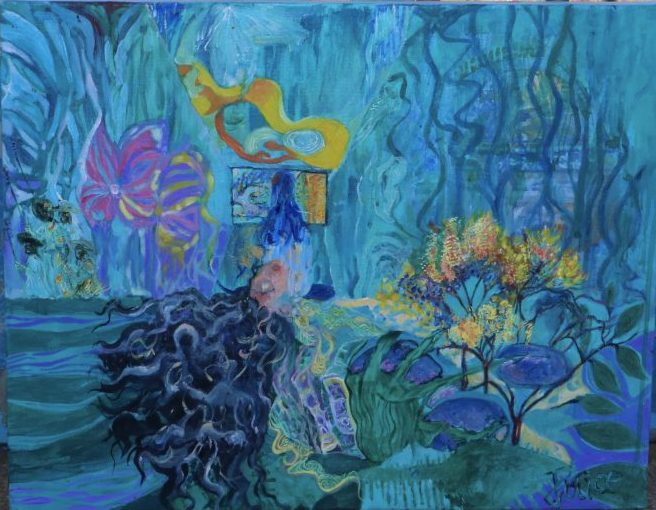Portfolio Element 1 Shadow Play and William Kentridge
This is currently the version of my micro stage. I am planning to make a bigger one the final requirement. (Each of the layer is tailored with the song going behind). And ‘shadow puppetry’ is also being considered in my final work as it represents the Chinese history and it works well with light and shadow.


Shadow puppetry is a form of theatrical performance that uses the shadow of puppets cast onto a screen. The shadow puppets used in China are typically semi-transparent leather plates to which semi-transparent dyes are applied. As a result, the shadows cast onto the screen tend to be colorful during the performance.The shadows on the screen are then produced by lights placed behind the puppets that perform in place of real people.
Shadow puppetry is considered a type of puppetry because shadows are used in place of actual individuals. Puppetry is also known as a palace performance. It uses the puppets to imitate real-life characters in the performance. Classical puppetry that uses wooden puppets is closely related to shadow puppetry.
By the Qing dynasty, shadow puppetry can be found throughout China, known in various provinces by different names. Some of the more memorable and fascinating names are “storytelling behind the paper partition”, “shadow playing”, “shadow play” in Shaanxi, “donkey shadow puppet” in Henan, “Luanzhou shadow” in Hebei, “leather kids” in Jiangsu and Zhejiang, “paper shadow” in Guangdong, “Shan lamp shadow”, “Northern Sichuan Weinan shadow”, and “lantern shadow play” in Sichuan, “whipping monkey” in Fujian, and “leather doll” in Gansu. Luanzhou shadow, in particular, was extremely popular during the Qing period and was performed by the Dongcheng School in Beijing, and became so popular that “all local shadow plays were overshadowed by it.”
William Kentridge’s Black box captivated me, particularly because of how it influenced the format of the last stage. Exhibited on a custom-built stage, the piece seamlessly combines robotics, lighting, opera, documentary, and animation. I found it fascinating that Kentridge used the age-old technique of shadow puppetry to combine contemporary technology and an antiquated art form. This fusion has a depth of expression in addition to its remarkable appearance. With just a few simple paper cutouts and lighting elements, shadow puppetry as a performing art can tell a compelling story and emote powerfully.
In Black Box, Kentridge uses a multimedia method akin to shadow theatre, combining components like robotics, lighting, and animation to create a multi-dimensional audio-visual experience. This combination not only improves the presentation style but also gives the audience a more engaging visual and aural experience. He produces a rich and profound performance in his work by manipulating real content and data, making it possible for the audience to understand important messages even in the midst of the richness and depth of the piece. This connection to shadow theatre gives the piece a special depth of cultural and historical significance.
Process documentation
I am trying to make a prototype version for the ‘real stage’, inspired by both William Kentridge and the tunnel pop up book. I think the best way would make it work is drawing on a paper with the ratio 3:4 first because then I could be able to see the next page from the previous page. Then I just copy them simply on the AI and send it to the factory to cut it out for me. Inspired by the forbidden city’s interior design, I am happy to restitute it using templates from the internet.




